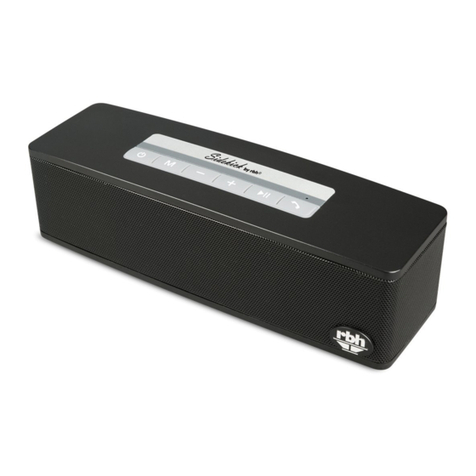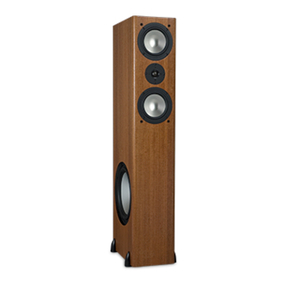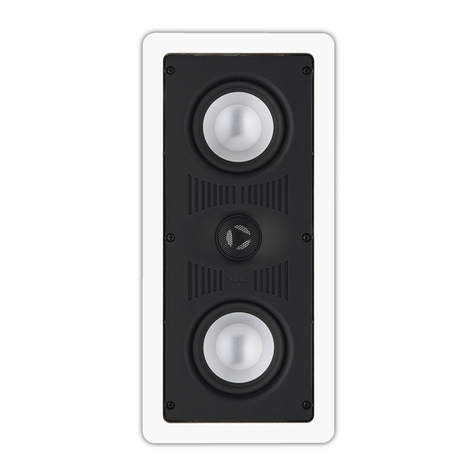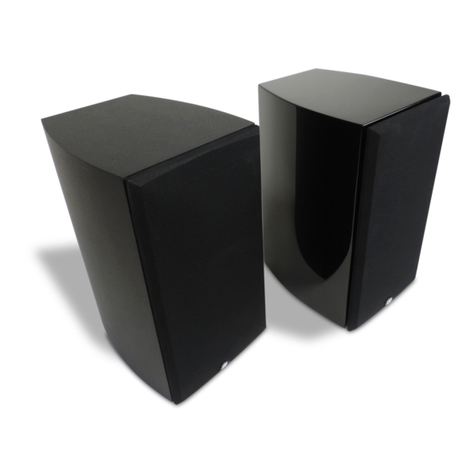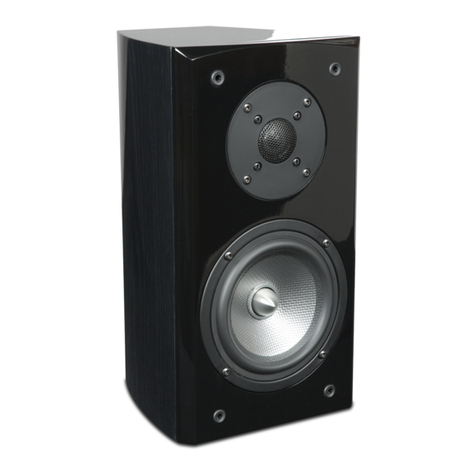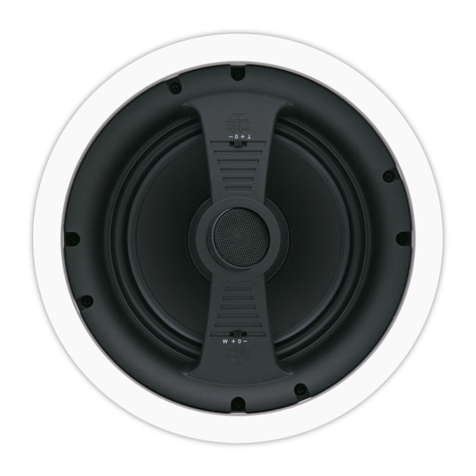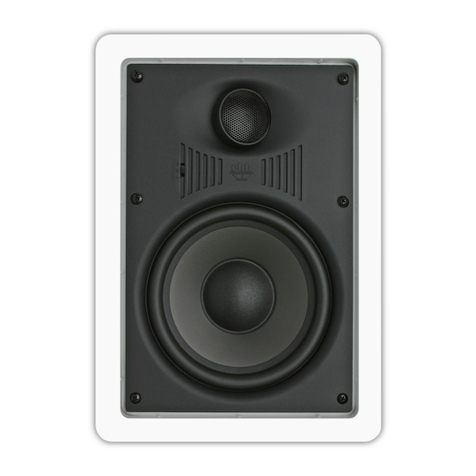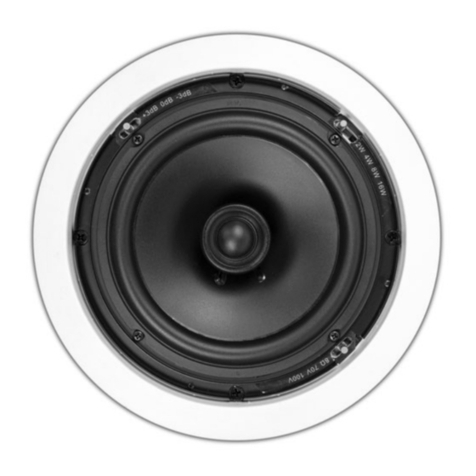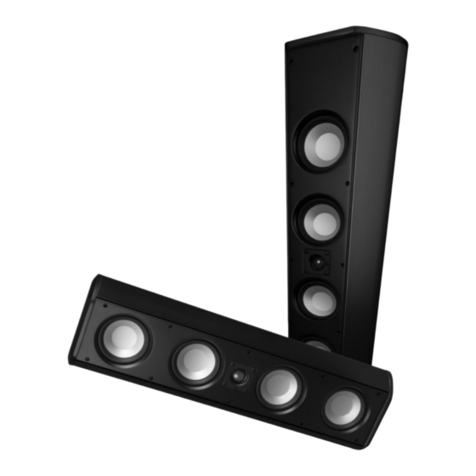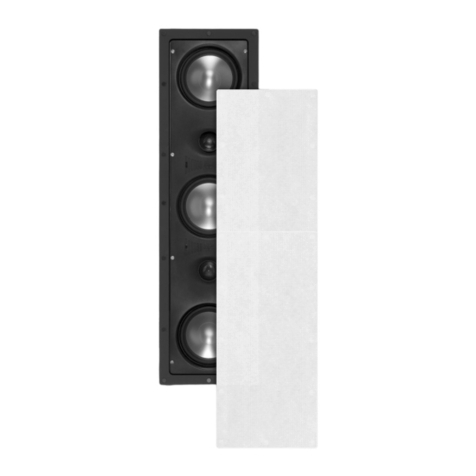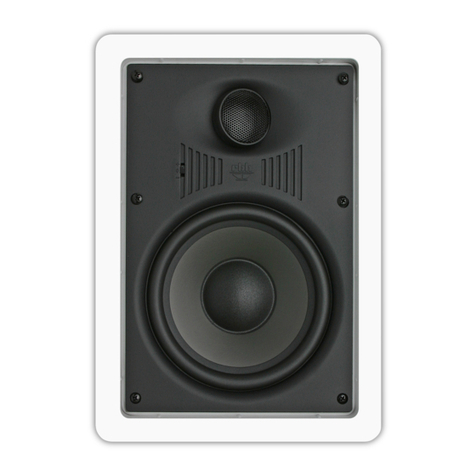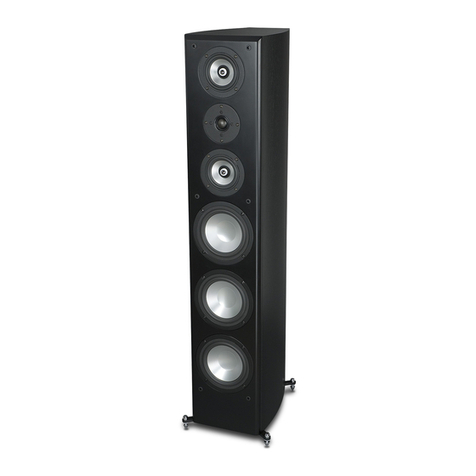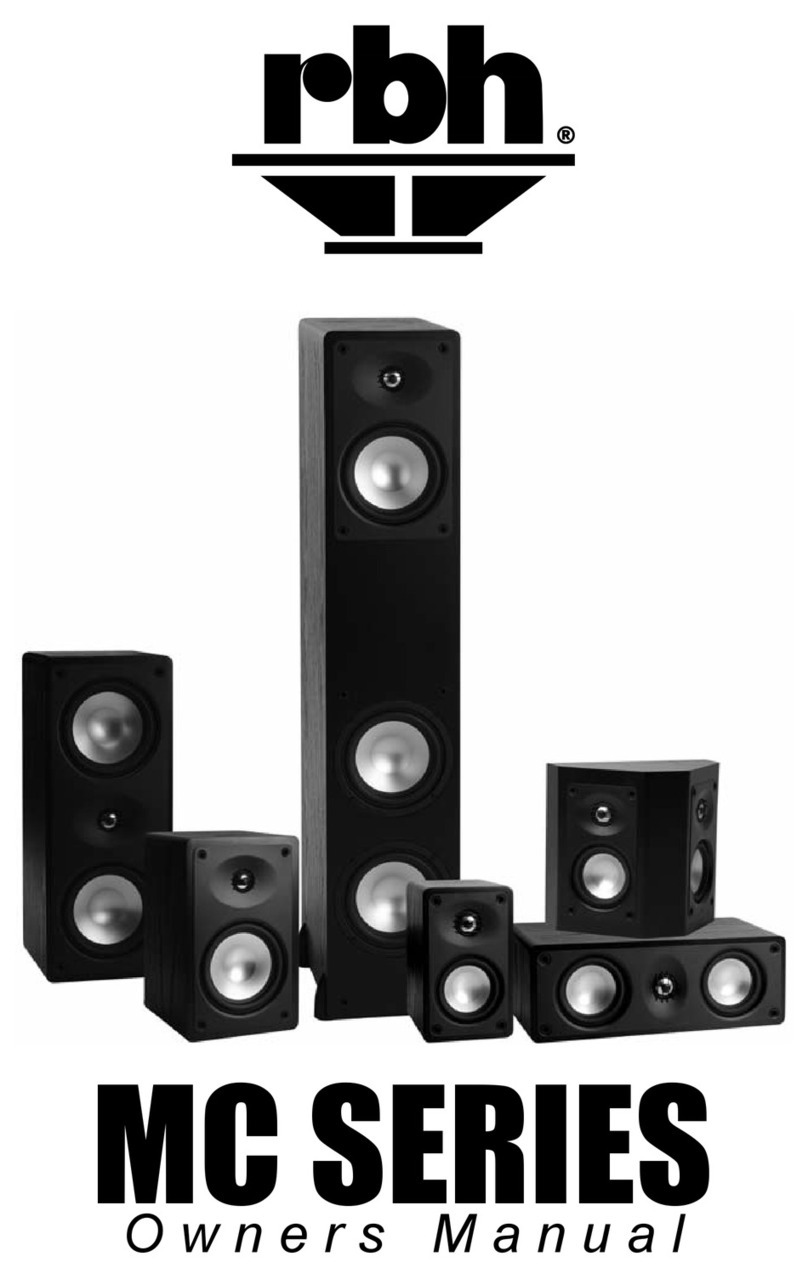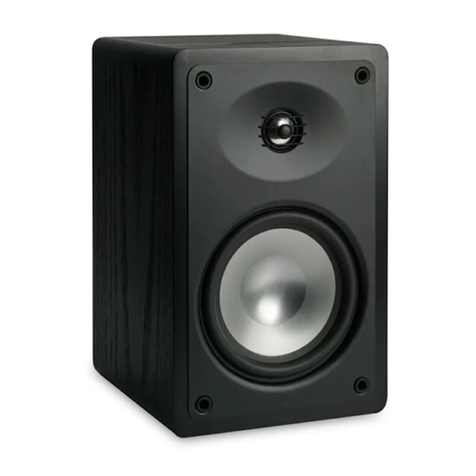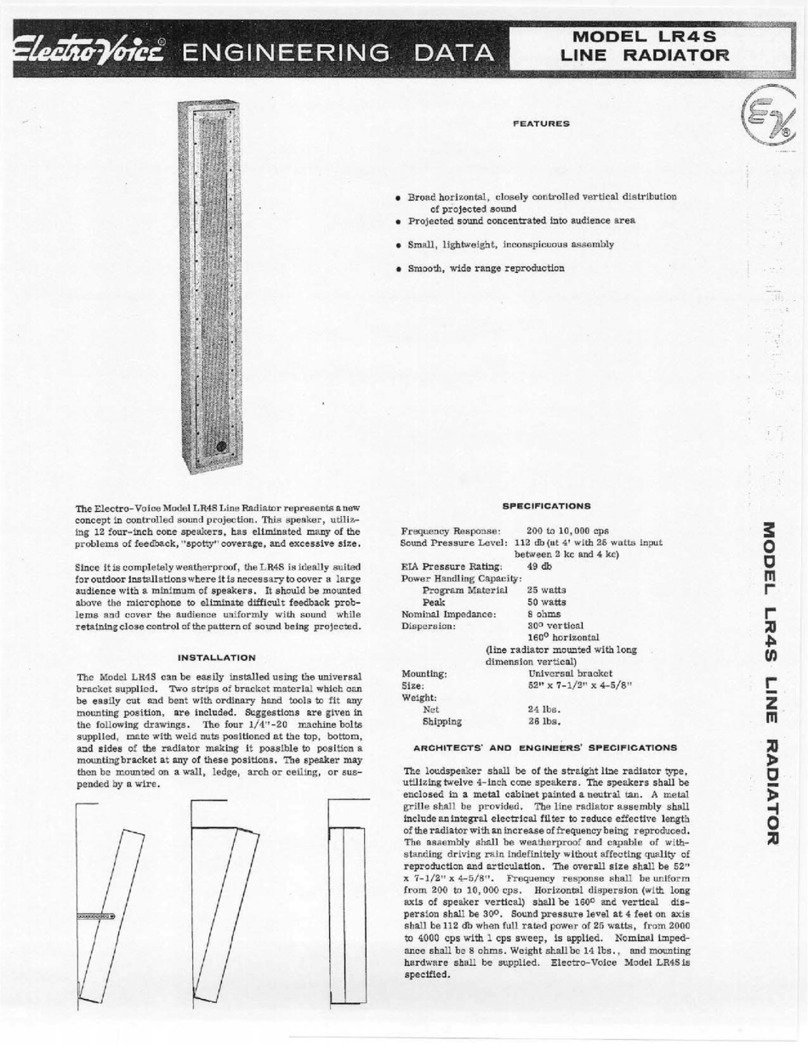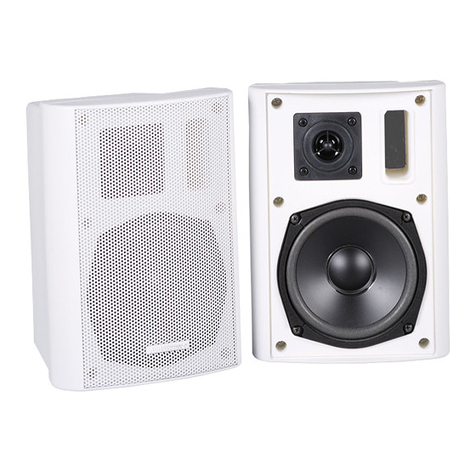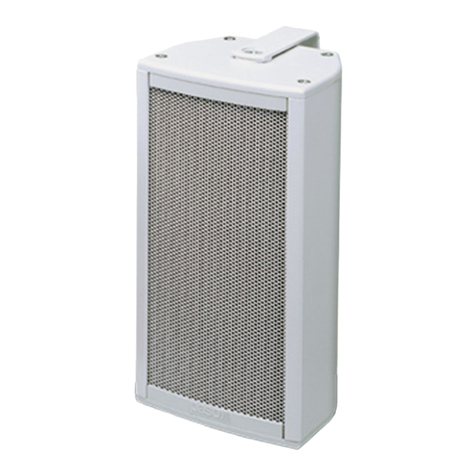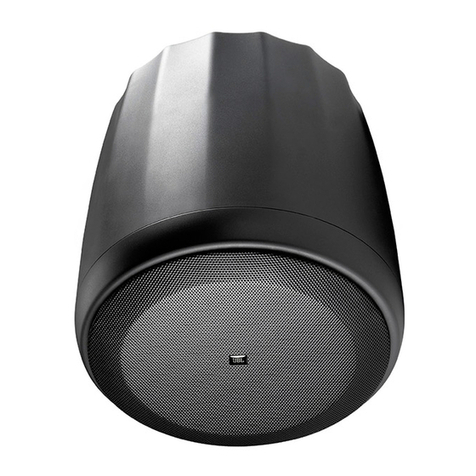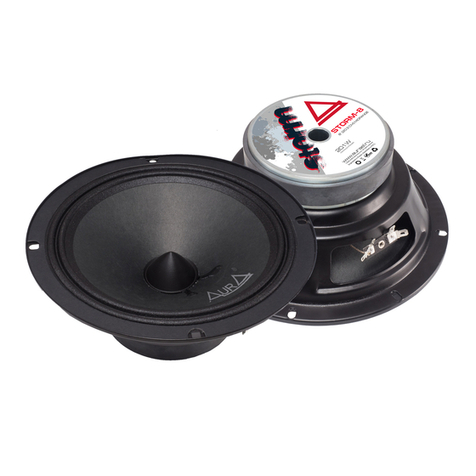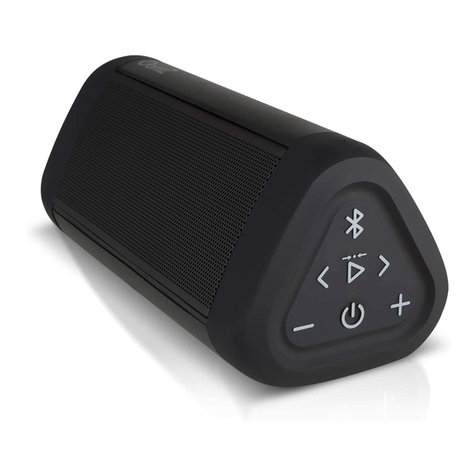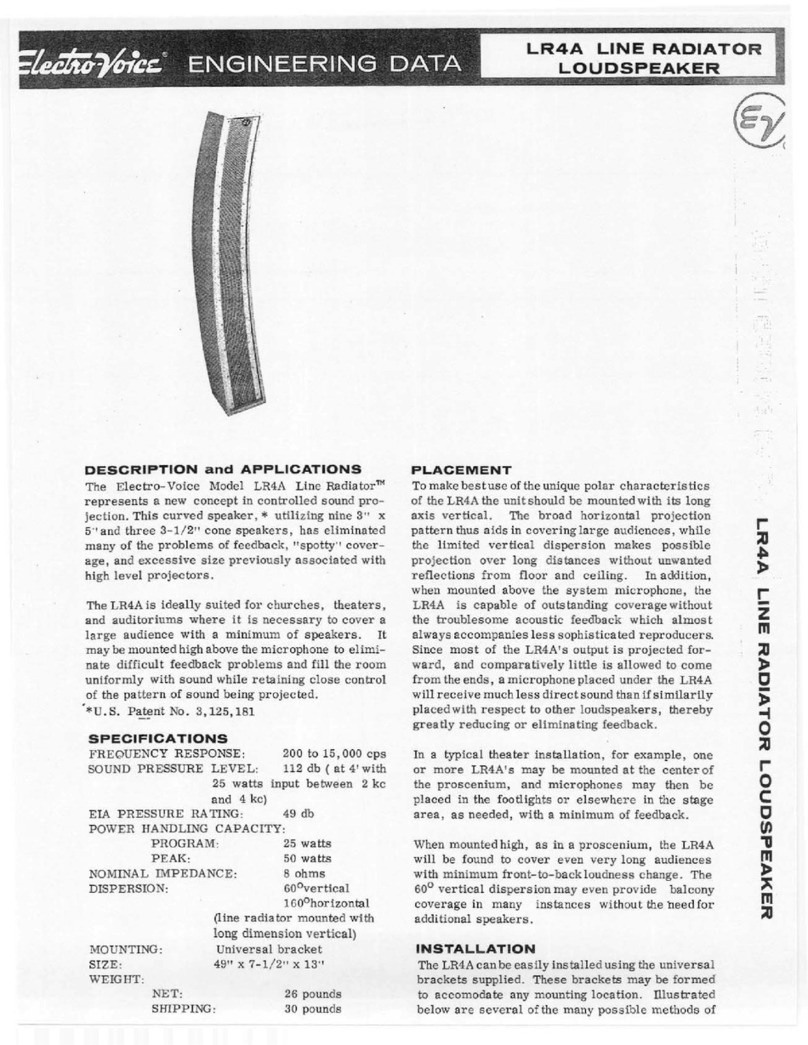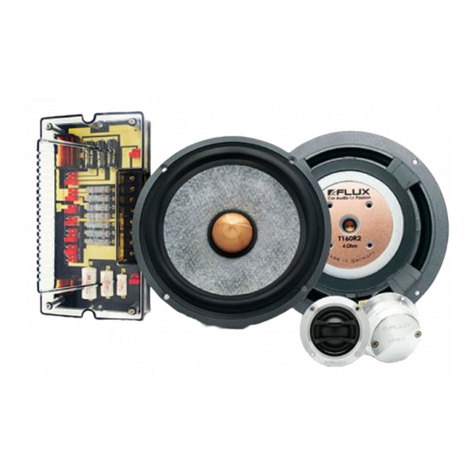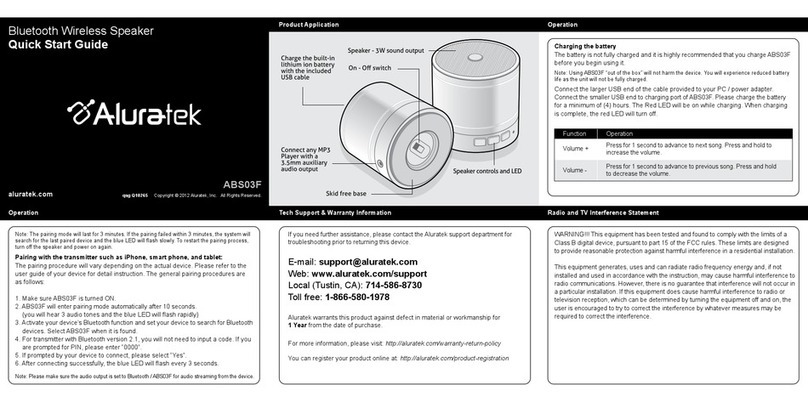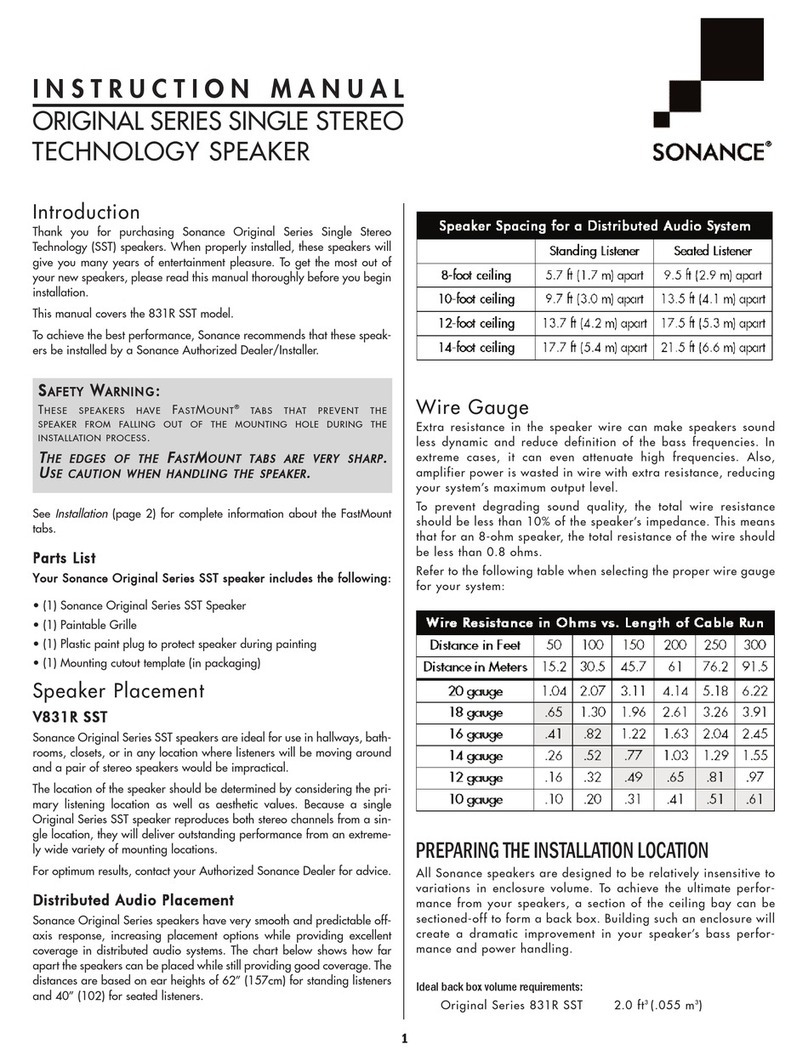Subwoofer Safety Instructions
The lightning flash with the arrowhead symbol within an equilateral triangle, is intended
to alert the user to the presence of un-insulated “dangerous voltage” within the product
enclosure that may be of sufficient magnitude to constitute a risk of shock to persons.
Signature SV Series 6 Owner’s Manual
The exclamation point within an equilateral triangle is intended to alert the user to
the presence of important operating and maintenance (servicing) instructions in the
literature accompanying the product.
When using your subwoofer, basic safety precautions should always be followed to reduce
the risk of fire, electric shock, and injury.
1. Read and understand all instructions in this User’s Manual before operating the
subwoofer and retain this user manual for future reference.
2. Follow all warnings and instructions in this manual and any marked on the back of
the Subwoofer.
3. Never touch the woofer or push objects of any kind into the woofer.
4. The subwoofer should be connected to a power supply compatible with the power
consumption requirements, see the specifications section of this manual.
5. If mounting the subwoofer on a stand, the wall, or other device only do so as
recommended by an authorized technician.
6. Place the subwoofer a safe distance from all heat sources such as radiators, stoves,
or heaters.
7. Do not operate the subwoofer near water—for example, near a bathtub, kitchen
sink or in a wet basement; or a swimming pool.
8. Power supply cords should be routed so they are not likely to be walked on or
pinched by items placed upon or against them.
9. Any service or repair required must be performed by qualified, authorized technician.
Subwoofer Amplier Controls and Setup
This section describes the functions and/or use for each of the amplifier controls located
on the back of the SV-12P, SV-12P/R, and SV-1212P. Refer to the diagram of the on page 8
1. Voltage Selector Switch: Before connecting the amplifier to any power source
make sure the AC Voltage Selector is set to either 110V or 220V to match the power
voltage in your area. Note: If switching voltage, also make sure to change the
fuse (see #11).
WARNING! If the voltage setting does not match the AC power supplied, damage
to the Subwoofer Amplifier may result.
2. Volume/Gain Control: The volume/level control should be at the minimum setting
